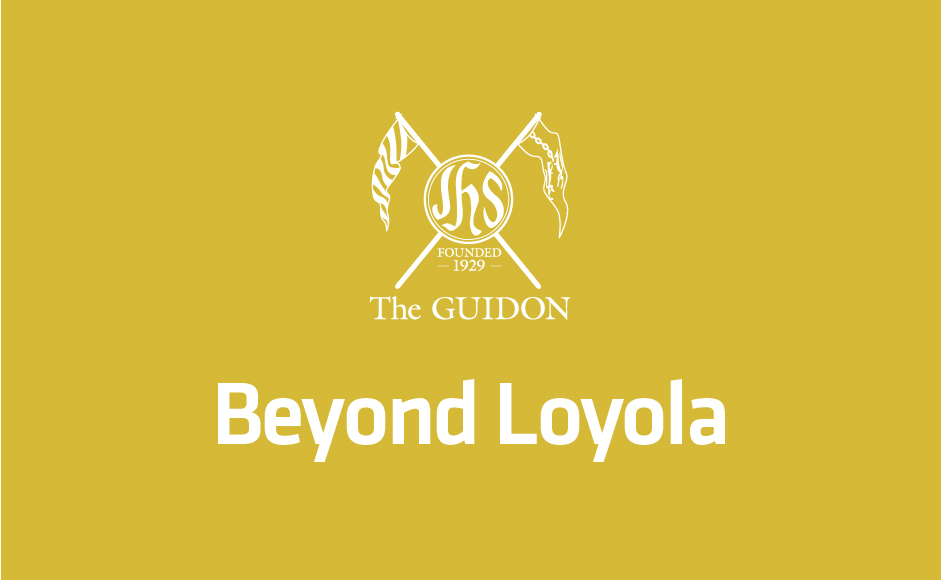Over 125,300 civilians have been displaced as a result of armed clashes that broke out between members of the Moro Islamic Liberation Front (MILF) and the Bangsamoro Islamic Freedom Fighters in North Cotabato in February.
The displaced are taking refuge in cramped relief sites in 11 of Maguindanao’s 36 towns. According to the National Disaster Risk Reduction and Management Council, 11,269 families or 56,345 individuals are currently in 44 evacuation areas.
A total of 48 public schools, with 20,632 students and 301 teachers, have also been affected by the conflict, which was reportedly caused by rido or clan wars between commanders of the two groups.
The fighting disrupted classes of at least 16,000 elementary students from the towns of Shariff Saydona, Mamasapano, Datu Unsay, Shariff Aguak, Datu Salibo, Rajah Buayan, Datu Hoffer and Datu Saudi.
Relief operations
The Department of Social Welfare and Development (DSWD) and the Autonomous Region of Muslim Mindanao (ARMM) have been coordinating to conduct relief operations to provide food and medical assistance, psychosocial interventions and sessions on mine-risk education.
The regional government, along with ARMM’s Humanitarian Emergency Action and Response Team (Heart), had delivered relief goods to at least 2,885 families and continue to provide relief and rehabilitation services to the evacuees. Through Heart, the regional government had been able to serve a total of 7,208 families so far.
The DSWD had also partnered with the United Nations High Commissioner for Refugees (UNHFCR) in a Protection Cluster that secures the rights and welfare of internally displaced persons in situations of armed conflict and/or natural disasters. The cluster had been among the first responders to the displacement by providing plastic sheets, solar lamps and other relief items to the people.
A “logistical nightmare”
In spite of all the support the conflicted region has been receiving from organizations and individuals, this is still not enough to sustain the needs of the displaced persons. According to ARMM’s chief executive, Governor Mujiv Hataman, their office had been spending P12.3 million weekly, as of March 11, for evacuees’ food.
Laisa Alamia, ARMM’s executive secretary, told Rappler that they are experiencing difficulty in providing for the affected individuals’ needs since their numbers are multiplying. “If this will go on until end of the month, we will run out of supplies,” she says. “It’s in the propositioning of goods that takes time.”
Meanwhile, ARMM’s vice governor, Haroun Al-Rashid Lucman, said that the displacement is so widespread that it is affecting other municipalities. He described the current situation as a “logistical nightmare,” as they are hardly getting support aside from the DSWD central office. He says that although the donations are coming in, they are still lacking because the number of internally displaced persons is so big.
Since there is no definite timetable of the conflict, ARMM’s regional government must prepare in order to sustain the growing number of displaced persons. Lucman stressed that the problem is not just lack of food and relief goods, but also the psychosocial trauma of war. “As much as they want to go back [to their homes], they are scared of the war so they would prefer staying away from [it],” he says.
Lucman had gone to Manila to speak with DSWD officials as well as ask for assistance from the president. In a separate statement, Hataman states that ARMM is closely coordinating with the national government to ensure that basic needs of affected individuals will be addressed.
“If only the people in Luzon could see what is happening…it’s really a very cruel situation,” Lucman laments, “Hirap na hirap na po kami rito (We are in a very difficult situation here).”
Looking ahead
Aside from conducting relief operations, Lucman shared ARMM’s “master plan” of launching a rehabilitation program in Maguindanao, which involves long-term goals. The plan aims to utilize the Liguasan marsh as a source of livelihood for the residents of Maguindanao. Regarded as one of the largest wetlands in the country, the marsh has potential to provide sustainable development for the region.
The program’s focus is cultivating crops, such as rice and corn, in order for the residents to be economically independent. Lucman hopes this will reduce the region’s poverty rate. Poverty, he said, is the main reason people join insurgent groups. “Nakikipagsapalaran sila sa mga grupo para lang mabuhay (They strive hard in the groups just to survive),” he said.
Regarding the Bangsamoro Basic Law (BBL), Lucman asks that lawmakers not be biased in their judgment of passing the law. “Kami ‘yong nasasaktan dito (We are the ones suffering here).”
He shared that the BBL represents the region’s aspirations for development and justice in order to finally attain economic development.
According to Lucman, the current conflict “cannot be won through military solution,” which will contribute to the “cycle of vindictiviness” that has spanned many generations.
Lucman emphasized that the conflict lies not in groups over belief systems, but in misunderstanding. “Magkaiba ‘yong pananaw namin (We see differently),” he says. “But if you look at [the] history, you will understand our perspective.”




